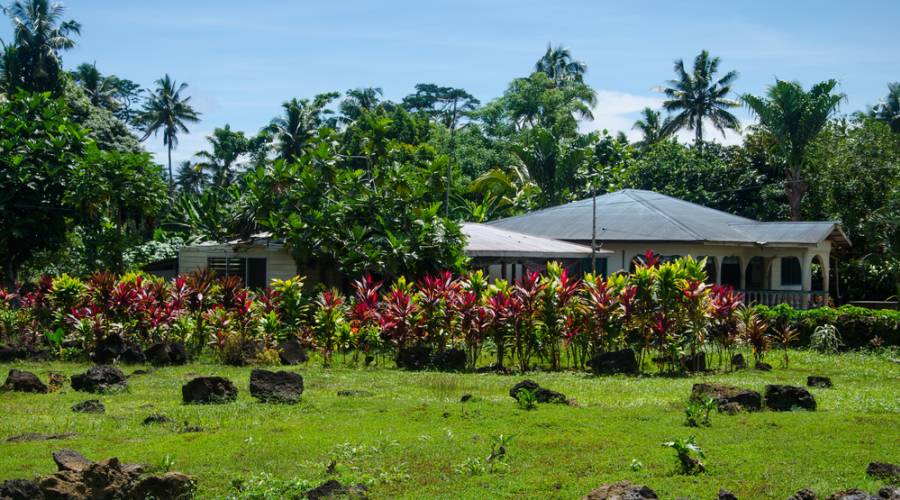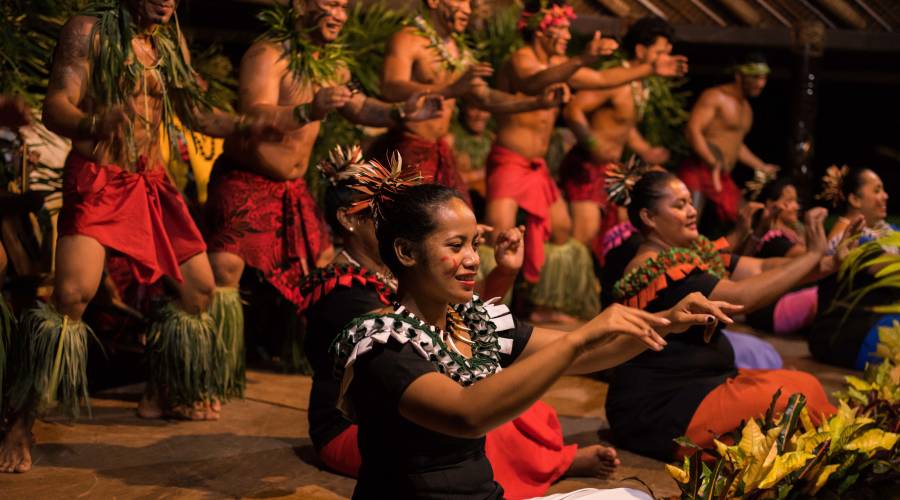
Spotlight on Samoa
Near the summit of Samoa’s Mount Vaea lies the grave of the Scottish writer Robert Louis Stevenson. The story of how one of the world’s most beloved writers at the time of his death came to rest on a hill above the Pacific Ocean, so far from the place where he was born, is one that deserves telling.

Born in 1850 in Scotland, Stevenson was a sickly child, attended constantly by a nurse who would tell him stories from the Bible as well as from the Victorian “penny dreadfuls,” which were typically lurid stories that appeared serially over a few weeks or months. Variations on these tales of pirates and knights, ghosts and vampires that filled the young boy’s head would emerge later in life as some of his most famous work.
However, Stevenson’s first published book, An Inland Voyage (1878), was an account of a journey by boat down the French river Oisé. It was on this trip that he met his future wife, a married American named Fanny Osbourne. Almost 10 years older than Stevenson, Osbourne soon returned to her native California — and our hero eventually followed her there, enduring hunger, sickness and a train journey from New York to California during which he nearly died. When Osbourne finally obtained a divorce from her husband, she and Stevenson were married in San Francisco in 1880, nearly nine months after he arrived in the United States.
The happy couple returned to Scotland, but Stevenson’s health worsened just as his writing flourished. During this time, he published some of his most famous books, including Treasure Island (1883), Kidnapped (1886) and The Strange Case of Dr. Jekyll and Mr. Hyde (1886), but he spent most days confined to bed.
As Stevenson’s condition (probably undiagnosed tuberculosis) worsened, he increasingly sought out warm locales—both on the continent and then eventually back in the United States—in the hopes of finding some relief. Thus it was that he began his voyage to the South Pacific.
By the time he reached Samoa in 1889, Stevenson knew he could not make it back to America, much less Scotland. Heartbroken but realistic, he decided to settle on the South Pacific island he would soon come to love so much. He and Fanny purchased some land called Vailima, meaning “five rivers,” a reference to the numerous streams running from the summit of Mount Vaea through the property. There he lived and worked until he died suddenly, probably from a cerebral hemorrhage, in 1894 while sitting on the veranda with his beloved wife.
His Samoan friends came together to hack a path through to the top of Mount Vaea so that Stevenson, or Tusitala (“teller of tales”) as he was known, could be buried in the spot overlooking the sea that he had long admired.
If you’re interested in his time in Samoa and the South Pacific, there’s no better place than Stevenson’s last home in Vailima, where you will encounter the little things that he loved: his writing desk, a favorite chair, his books. Then step out onto the veranda to catch the breeze blowing in from the sea, bringing the scent of the faraway, the possible, that entranced the writer throughout his too-short life.
Visiting Vailima is always an option for guests when we visit Samoa on our Around the World luxury jet expedition, an itinerary we offer each year.






